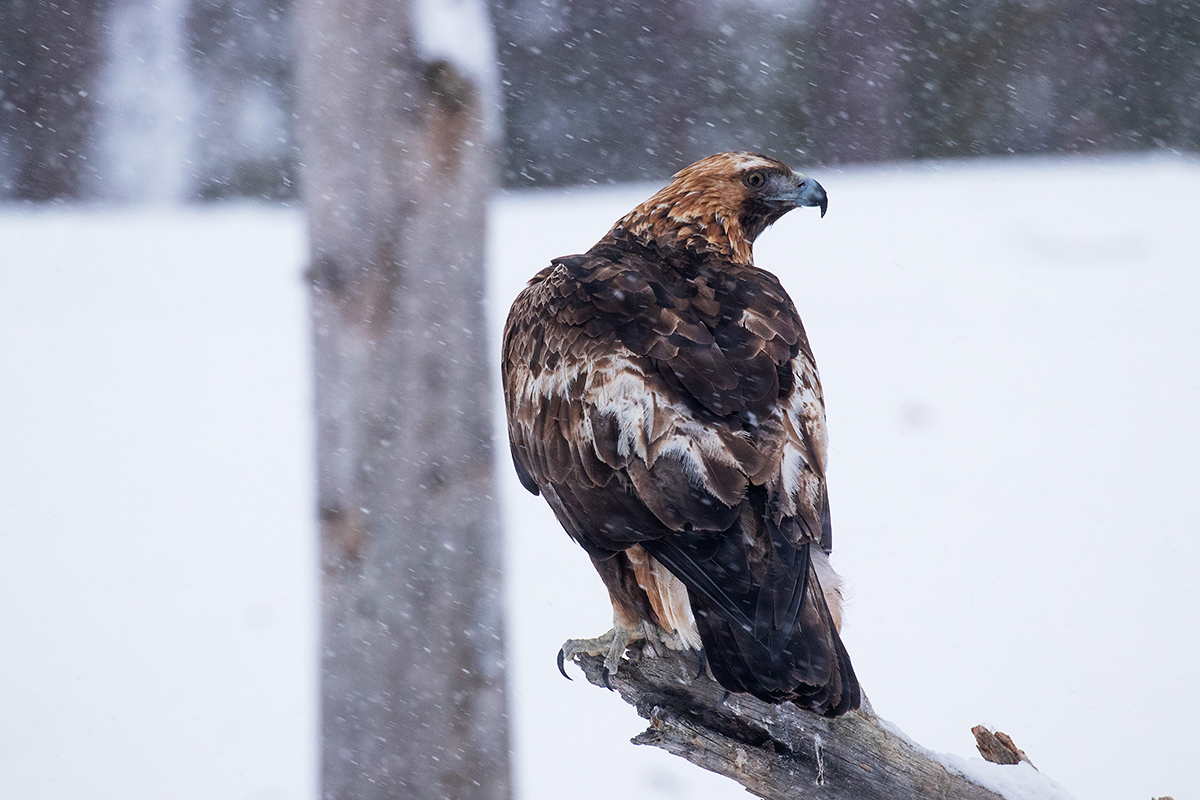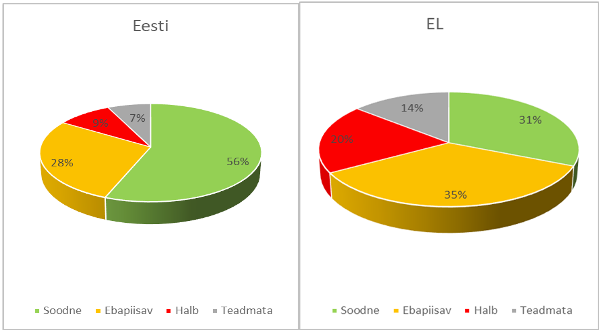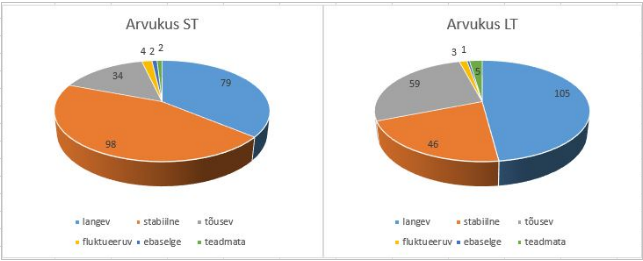In Estonia, there are 100 species mentioned in the Habitats Directive and 219 hatching bird species listed in the Birds Directive
Natura 2000 is a pan-European network of protected areas established by the European Union’s Birds Directive and Habitats Directive. While the Birds Directive aims to protect all species of birds living naturally in the European Union by creating bird areas, the Habitats Directive aims to protect rare habitat types and endangered and endemic native animal and plant species. The Natura 2000 network aims to ensure the conservation and favourable status of habitats and species endangered in all of Europe.

In Estonia, there are 100 species endangered in Europe mentioned in the annexes to the Habitats Directive (also counting the jackal, which Estonia did not yet report to the European Commission in 2019), whose protection and preservation we must ensure in Estonia. According to Article 17 of the Habitats Directive, Estonia must submit a report to the European Commission every six years on the results of the implementation of the directive. The species report includes four components, namely the range of the species, the population, the habitat, and an assessment of future prospects. On the basis thereof, the species is assigned an overall assessment of conservation status, with the overall assessment being assigned on the basis of the weakest of the four components.
The species status assessments under the Habitats Directive have been submitted in 2007, 2013, and 2019, on the basis of which it can be stated that the status of the Habitats Directive species in Estonia has improved during this period. The proportion of species of least concern has increased from 26% to 56%. In the European Union, on average, only 31% of species are in the status of least concern.

(Eesti – Estonia; EL – EU; Soodne – Favourable; Ebapiisav – Inadequate; Halb – Bad; Teadmata – Unknown)
Of the species mentioned in the Birds Directive, there are 219 hatching bird species in Estonia. In accordance with Article 12 of the Birds Directive, Estonia must submit a report to the European Commission every six years on the status of these populations. In addition to hatching birds, a status report must be submitted on the populations of 27 species migrating across Estonia and 20 wintering species. The Birds Directive contains two main components: indicators describing population size and its changes (abundance trends) and indicators describing population distribution and changes (distribution trends). Abundance trends are given as short-term and long-term trends, and based on these, we know that there are considerably more bird species in Estonia with declining and less stable abundance according to the long-term abundance trend (1980–2018) than according to the short-term trend (2007–2018).

(Arvukus ST – Abundance, short trend; Arvukus LT – Abundance, long trend; langev – declining; stabiilne – stable; tõusev – improving; fluktureeruv – fluctuating; ebaselge – unclear; teadmata – unknown)
Last modified: 27.11.2021